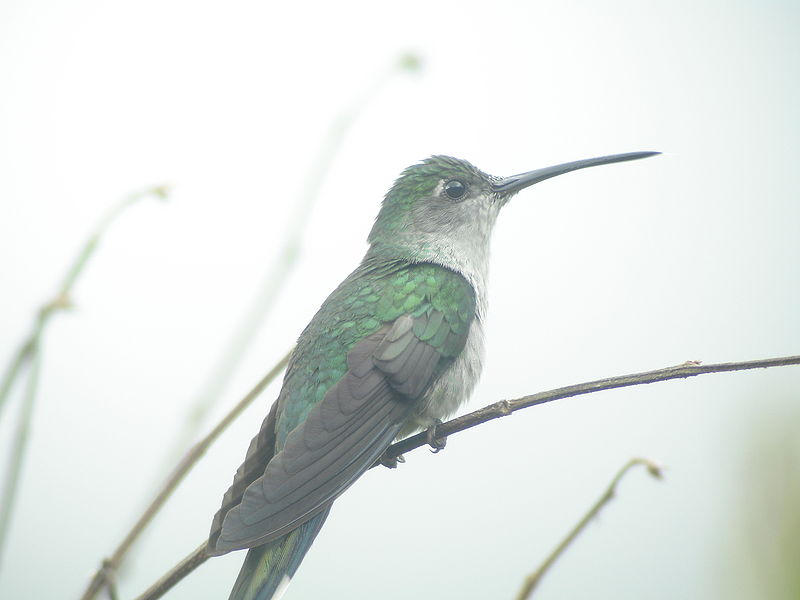In celebration of Charles Darwin’s birthday on the 12th February, BMC Evolutionary Biology shows how his work on natural and sexual selection continues to have relevance in the 21st century. 152 years have passed since ‘On the Origin of the Species’ was published amidst huge controversy and since then his theories have found widespread acceptance worldwide.
However, despite the significant advances made in the field of natural selection some of his key observations regarding the effect of geography on the evolution of bird populations continue to be reflected in current research.
This month BMC Evolutionary Biology publishes work on this topic by Clementina González and colleagues. Their article focuses on the importance of the Isthmus of Tehuantepec, the shortest distance between the Gulf of Mexico and Pacific Ocean, and the Pleistocene climatic events in driving isolation and population divergence in Campylopterus curvipennis, a species of hummingbird indigenous to Central America.
Studies of the genetic structure of these birds, alongside acoustic and morphological data, uncovered the presence of three C. curvipennis lineages. These populations diverged towards the end of the Isthmus of Tehuantepec’s formation during the mid-Pleistocene (1.4 – 0.56 Ma) period. The work contributes greatly to our understanding of avian population divergence in Mesoamerica and provides further understanding of the processes involved in population divergence.
Happy Birthday Charles!
Latest posts by Genevieve Horne (see all)
- No publication charge on articles submitted to Aquatic Biosystems before June 2012 - 30th March 2012
- No publication charge on articles submitted to Aquatic Biosystems before June 2012 - 19th March 2012
- Aquatic Biosystems: Riding the wave - 1st February 2012
Comments